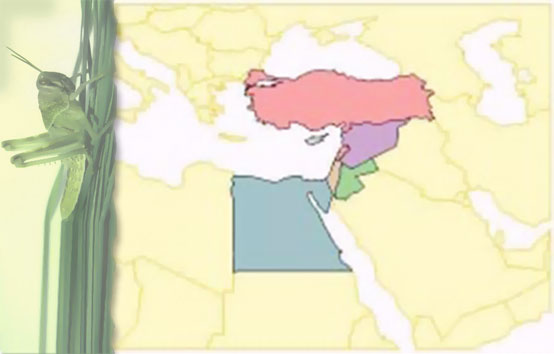Nematocera
Taxonomic placing: Insecta, Holometabola, Diptera.
Common name: Midges, gnats, and specific names for some families, like the Mosquitoes (Culicidae).
Geographical distribution: Cosmopolitan.
Morphology: The antennae of the Nematocera have 6 segments or more and may be plumose. Most larvae are aquatic, bear distinct heads with mouthparts modified for sucking or filter feeding.
Life history: The eggs are usually deposited in humid habitats and the larvae are often aquatic or develop in very moist environments. They feed on decaying organic matter, wood or leaf litter, at the bottom of ponds and streams, on some plants or fungi and some are predatory. The adults feed on nectar or on blood. Some species form swarms of mating males. Most adults nematocerabs are active at night or crepuscular.
Economic importance: This suborder includes families, such as the Ceratopogonidae (biting midges), Culicidae (Mosquitoes), Psychodidae (sand flies) and Simuliidae (black flies), whose members attack vertebrates, suck their blood and may transmit diseases.
References
Braverman, Y. 1994. Nematocera (Ceratopogonidae, Psychodidae, Simuliidae and Culicidae) and control methods. Revue scientifique et technique International Office of Epizootics 13: 1175-1199.
